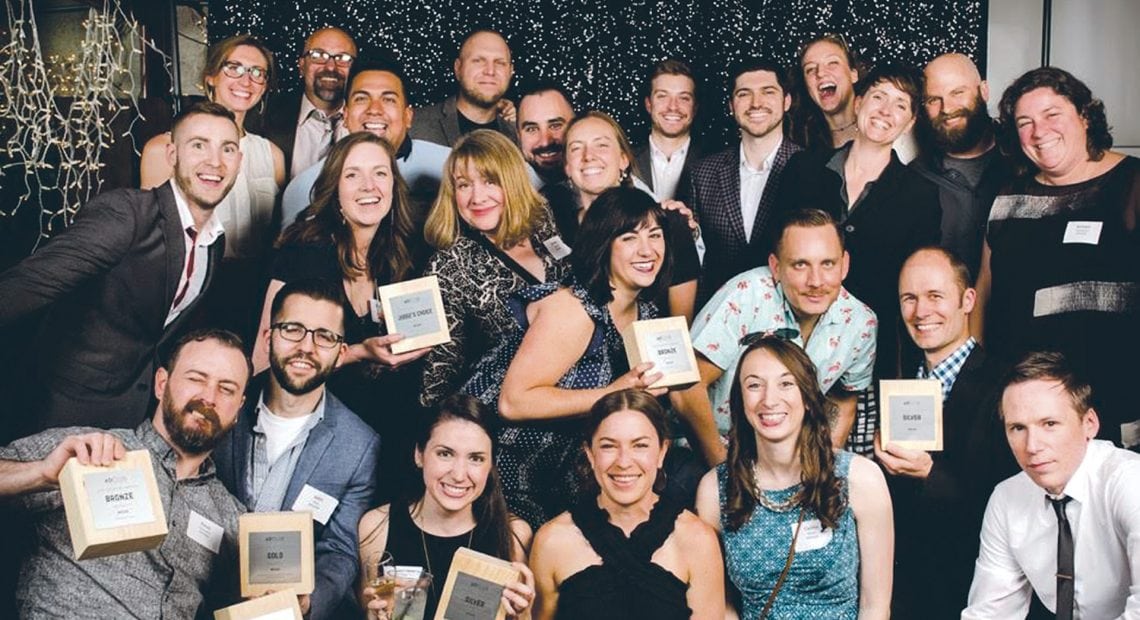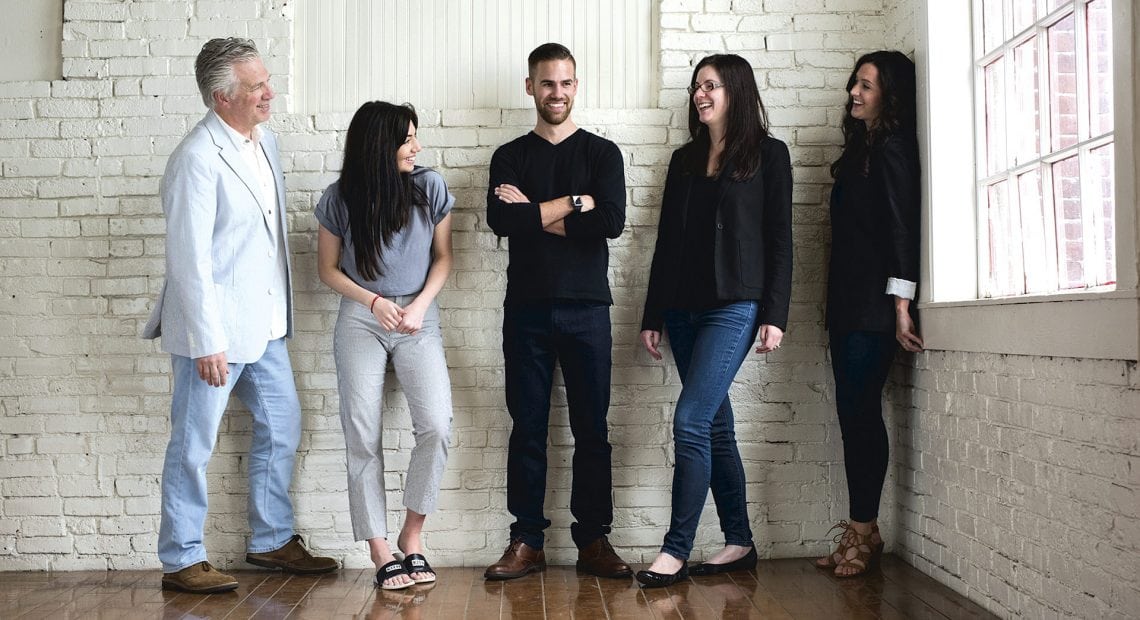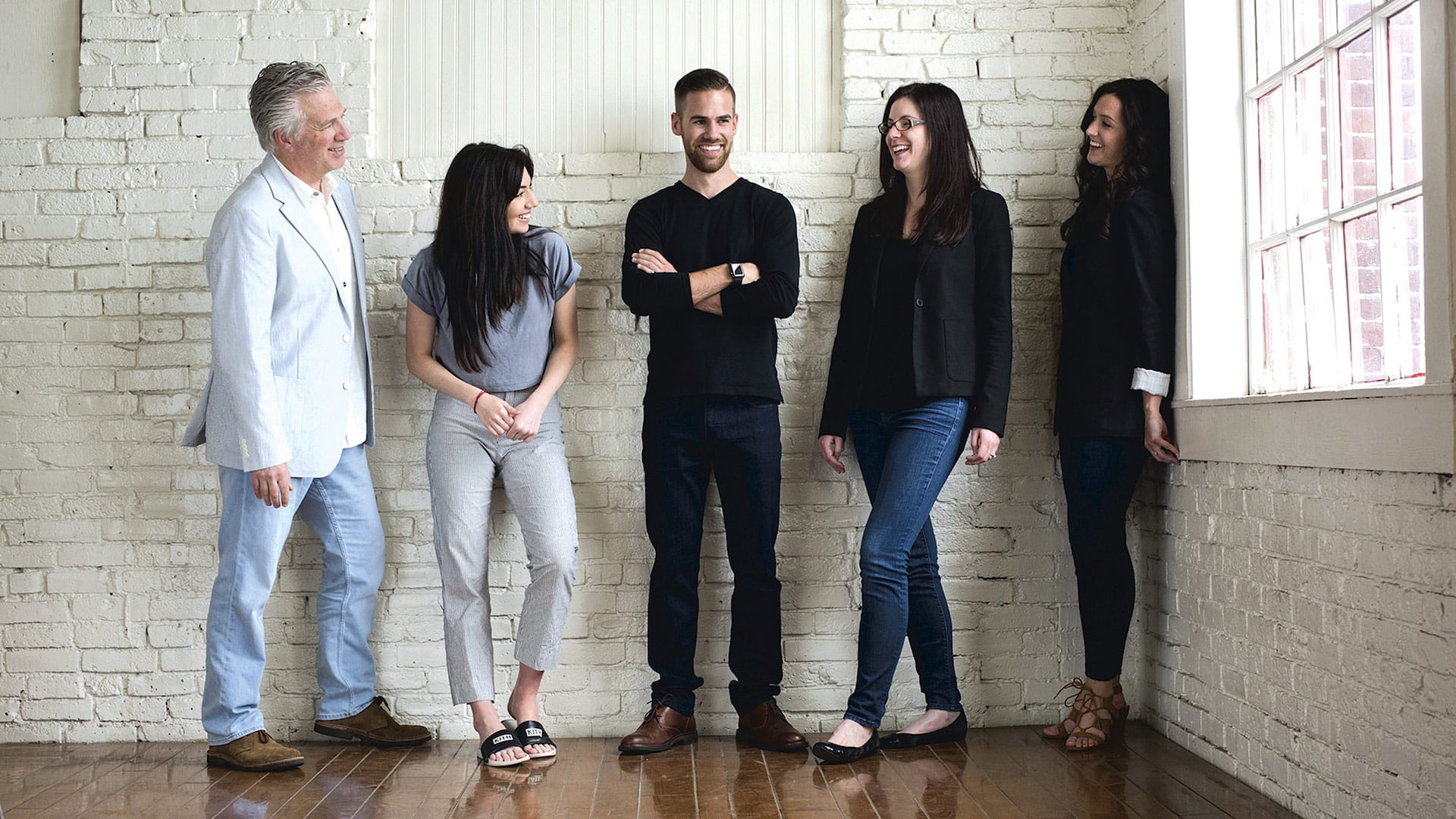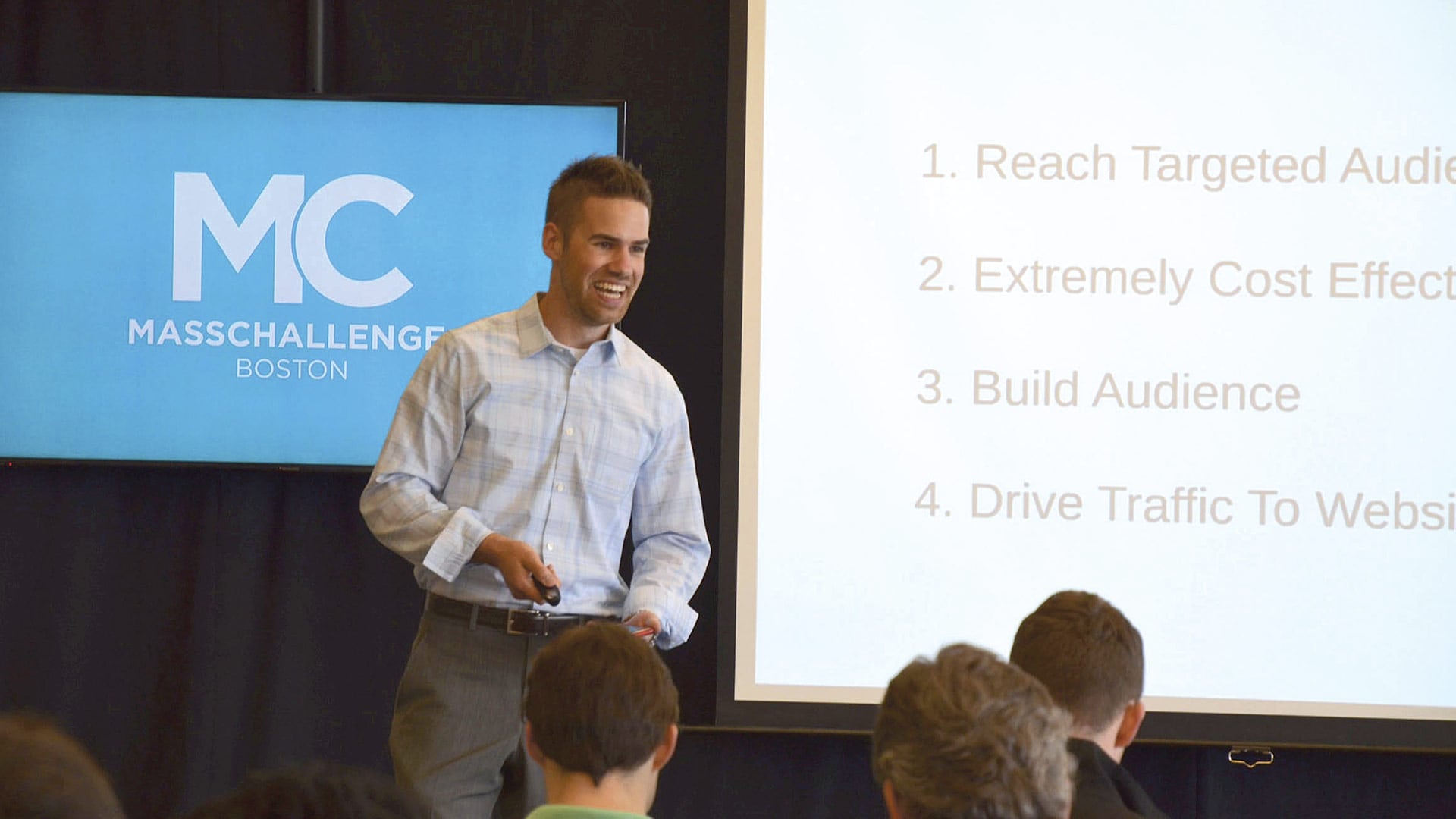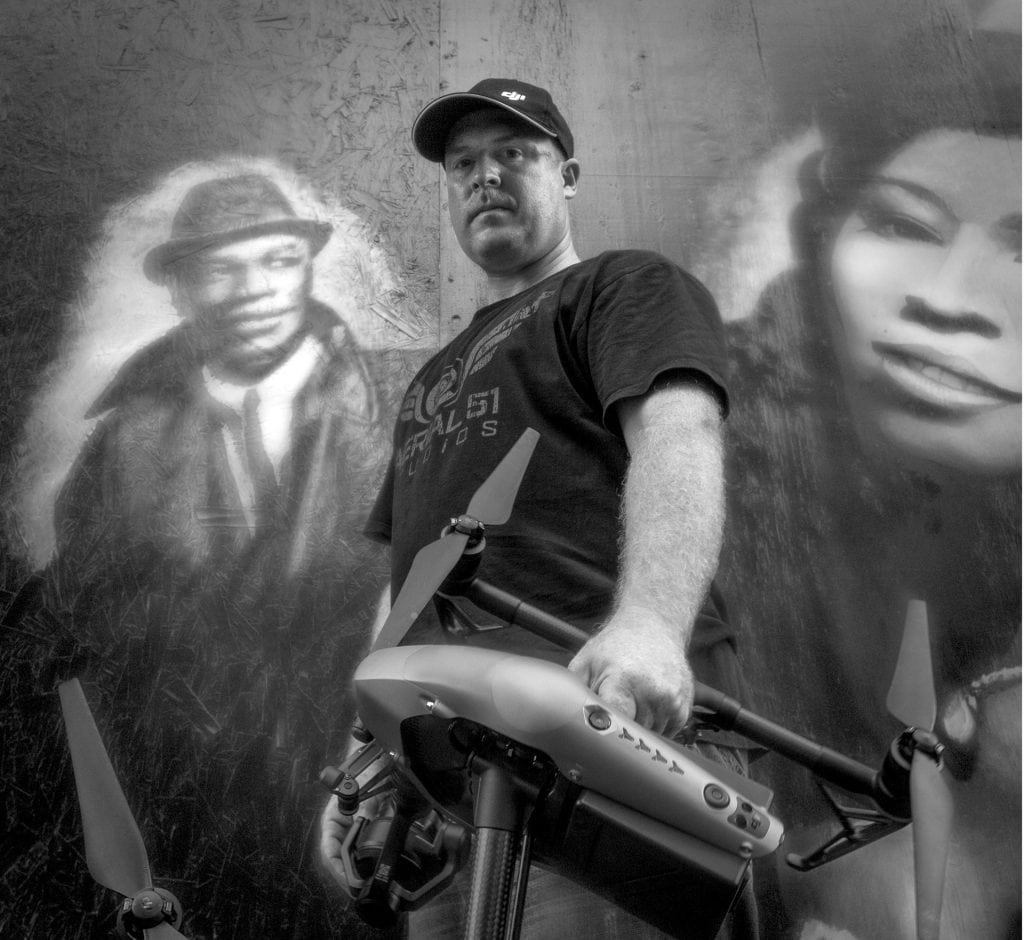The Art and Science of Story Telling

The team at BRIGADE shows off the many honors garnered at the recent Ad Club of Western Mass. award show. Photo by Stephanie Craig Photography
It was just a few weeks after Kirsten Modestow and her husband relocated to Western Mass. from San Francisco that she got the phone call that would ultimately change her life. The person at the other end was looking for someone to do some freelance work for a fledgling vodka brand called Svedka. As many people know, Svedka has gone on to become the top-selling imported vodka in the U.S. What they may not know is that, with that notable first client, Modestow created the marketing firm BRIGADE, one that has certainly built on that solid foundation in every way.
Kirsten Modestow says the branding company she would call BRIGADE (yes, all caps) was started on her kitchen table.
Which doesn’t exactly make it unique; many startups are blueprinted in such a setting. Which makes this one different is what happened after it was conceived.
For starters, that kitchen table would later become an official work station for one of the first hires, and soon other parts of the house were absorbed by additional team members as they came on board.
“The first person was in the living room, the second person was at the dining-room table, the next one was in the spare bedroom … then we all moved into the garage,” she explained. “When there was no room in the refrigerator for people’s lunches, we knew it was time to go.”
By that, she meant move into larger quarters, which the company has done a few times, but we’ll get back to that later.
The other thing that separates BRIGADE from other ventures hatched on the kitchen table is the pace of growth. Indeed, over the past 13 years, the company has expanded to 35 employees, most of them artists and designers who commute to the current home on Route 9 in Hadley from across Western Mass. and well beyond.
And their client list includes a number of prominent national brands, including Svedka vodka, the Wyndham Hotel Group, Black Box Wines, and Vertical Water, as well as some local businesses, such as Esselon Café, just a few hundred yards down Route 9.
Actually, Svedka wasn’t a national brand when Modestow was hired as a freelancer to help with a branding campaign. It was a fledgling vodka label looking to break out — and it did, big time; a few years ago, it surpassed Smirnoff as the top-selling imported vodka in the U.S.

The team at BRIGADE designed packaging for Svedka strawberry seltzer.
“We’ve been along for the ride,” Modestow said, noting how the growth of Svedka and BRIGADE have mirrored one another. “Over the past 13 years, we’ve grown with them.”
But BRIGADE hasn’t outgrown Modestow’s kitchen table, then a space on University Drive, and then a totally renovated foreign-car sales and service shop further down Route 9 because of one client — although Svedka certainly has played a huge role in that transformation.
Instead, it’s been the company’s ability to work with clients to create branding that resonates, builds name recognition, and drives sales, Modestow explained, adding that this is what branding, the company’s specialty, is all about.
Elaborating, she said BRIGADE focuses on helping clients tell their story, and to do that, she and her team must first understand what that story is and then develop effective ways to communicate it.
“We get to know a client by doing an audit of their existing brand,” she explained. “We always see it as the client being the expert in what they do in their industry, and we bring in the branding piece, so it’s crucial to work with them as a partner.”
That was certainly the case with the new coffee bags the company created for Esselon Café. Coffee had long been a key ingredient in the restaurant’s recipe for success, said Modestow, but a while back, its leaders decided a new look was needed.
“People are more open to working with remote agencies. Before, it was a case where you went to an agency in one of the larger cities. Around 2006, when we started, there was a willingness to work with people who weren’t down the street, and that had a lot to do with our success.”
“We worked with them to determine how to capture the heart of Esselon and capture who and what Esselon is,” she explained, adding that BRIGADE came up with new packaging that drew on the Western Mass. landscape — specifically the Seven Sisters portion of the Holyoke Range — as well as new language: “All roads, bike paths, and quests for the best cup of coffee lead to Esselon Café.”

Kirsten Modestow
“The whole idea is that they’re on the bike path and everyone comes to Esselon; the place is packed, and you have to park illegally,” she explained. “We decided to embrace all that — we have these bike paths and roads that wrap around the bag, and we told this café story, and it’s been awesome for them; the bag is loved by Whole Foods, and retail sales have tripled because of it.”
For this issue, BusinessWest takes an in-depth look at how BRIGADE has moved well beyond that kitchen table and grown its own brand by delivering services that tell a story and generate results.
Seeking an Ad-vantage
Modestow told BusinessWest that the BRIGADE story really starts in Boston, where she worked for the acclaimed marketing agency Hill Holiday Advertising and such clients as Dunkin’ Donuts.
When the dot-com sector was at its pinnacle, however, the place to be was San Francisco, and Modestow went there and had the opportunity to join a firm and work with brands such as Electronic Arts Inc. (EA), the video-game maker.
Her firm eventually closed its doors, however, after losing one of its mainstay clients, and Modestow and her husband were at a crossroads.
“I could afford to live in San Francisco for about four and half minutes after that,” she joked. “I think we sold our house within seven days and left.”
The two then made a pact of sorts. They would relocate to wherever one of them found a job first.
“He beat me by a day; he got a job in Western Massachusetts — he’s originally from Worthington — and we came here,” she explained.
And it wasn’t long after they landed that she got that life-altering phone call.
“Someone called and said, ‘I have a freelance opportunity for you on this startup vodka brand called Svedka,’” she recalled. “Over the past 13 years, we’ve grown with them and helped them along the way; they’ve been really wonderful to us.”
As noted earlier, the company quickly outgrew Modestow’s kitchen table, refrigerator, and garage, and settled into that space on University Drive, above the popular Hangar restaurant. It wasn’t exactly a long stay, though, because the company continued to grow at a rapid rate, doubling in size from five to nine employees in a few years.
It then relocated to the foreign-car shop — a site that required a massive renovation effort — but outgrew that in just over a year, as Modestow recalled, adding that the next home is intriguing on many levels.
A portion of the 8,500-square-foot facility was home to a Registry of Motor Vehicles office, and even though it’s been closed for quite some time, people still walk in the front door looking to renew their driver’s licenses, said David Bosch, the company’s operations manager.
Another portion of the facility has home to Zoe’s Fish House, he went on, adding that, while BRIGADE renovated all the spaces into work areas, including a banquet facility that never became reality, it kept the bar intact.
The company doesn’t have a liquor license, obviously, but it does use the bar for company functions, said Bosch. Meanwhile, it’s an unusual decorative touch, and it give the company a chance to showcase many of the brands it has helped develop in what would be described as a natural setting.
The space is wide open, said Modestow, adding that this the desired environment for a marketing firm where people work together to create solutions for clients.
“We work in branding, and a lot of that is people coming together to solve a problem,” she explained. “So being in a very open space, one that’s conducive to gathering, is important.”
BRIGADE should be in this home for quite some time, because there is not only ample room to grow, but plenty of business coming through the door as the company continues to build strong word-of-mouth referrals.

The new coffee bag that BRIGADE created for Esselon Café has helped spark a surge in retail sales.
Indeed, as noted earlier, Svedka has been a dream first client and solid foundation for BRIGADE. But the company has been able to build on that foundation, said Modestow, and for several reasons.
One is the large number of contacts she made from her previous career stops, and the experience she gained working for national and global clients, a tremendous asset in this business, as in any other.
“Having the exposure in Boston and San Francisco enabled me to work on some high-caliber clients and hone my skill set that I could then pass on to people here,” she explained. “We started off with an ability to work on those high-caliber clients; we’re really good at it, so we’ve attracted through our work the attention of others.”
Another factor is a growing willingness among corporations to work with agencies not based in New York, Boston, or Los Angeles, or whatever major metropolis the corporation was based in or near.
“People are more open to working with remote agencies,” she noted. “Before, it was a case where you went to an agency in one of the larger cities. Around 2006, when we started, there was a willingness to work with people who weren’t down the street, and that had a lot to do with our success.”
Getting the Message Across
But easily the best reason for the company’s success is the results it has garnered for its clients, said Modestow, adding that more important than the awards the company has gained for its work — and it has won many — are the gains registered by the companies looking for help with their brand.
Which bring us back to Esselon Café.
That new packaging has won a number of awards for BRIGADE, said Modestow, but the bigger story is that dramatic rise in retail sales at Whole Foods and other locations.
It came about through that art and science of storytelling and creating a brand that speaks to who they are.
When asked about the methods for gaining such results, Modestow returned to the subject of effectively partnering with the client to solve a problem or revitalize a brand.
The client knows their industry, their product or service, and their story, she went on. BRIGADE essentially takes that insight and uses it to create a brand that conveys the story in a way that resonates.
Steps include the brand audit she described earlier, and also creation of brand strategy.
“We would work through positioning statements with the client, help them figure out their key messages, how they’re different, how they talk about themselves, what their voice is, and more,” she explained. “And once we have that platform, then we would go into the visual component of all this — bringing it all to life visually through some kind of toolkit, which might be a refresh logo or packaging or a new website. We’re helping them see how this language and this new positioning can visually come to life.”
As the company creates these strategies and brings them to life, it does so not with a hard focus on targeting specific demographic groups — a mistake some companies make when marketing and branding — but building a brand that’s “authentic.”
“I don’t think you build a brand to speak to a specific group of people,” she told BusinessWest. “You build a brand that’s true to who the brand should be, and then it resonates with the right people.
“A mistake you see is when companies think the key to their success is going out and capturing the Millennials,” she went on. “Well, the Millennial doesn’t want to be captured — you have to find them because you have something compelling that made them want to believe in you. It’s about consumer experience and storytelling; people want an authentic experience with a company.”
As an example of how the firm partners with its clients, Modestow referenced the Wyndham Hotel Group and some of its specific brands, including one in particular — Travelodge.
“It was kind of an old brand with old, tired signage,” she explained, noting that, at the time, Wyndham hadn’t put much emphasis on branding, but has since changed that attitude. “We helped refresh the Travelodge brand, we helped them with an ad campaign, and we helped them with a new way to talk about themselves.”
Another example is work with Svedka to launch a new line of spiked seltzers. The company designed the cans in a way that were true to the Svedka brand but also resonated within the growing spiked-seltzer product category, said Don Magri, the company’s chief financial officer.
“They came to us with a good amount of research that they had already done on their consumer and who they were really trying to target,” he explained. “You go through iterations, but you’re really trying to creating a design that is true to the brand going into a new category, but also hitting the demographic they’re trying to reach.”
Looking down the road, those at BRIGADE said they look to continue providing clients with what they call ‘responsive branding,’ so that they are ready for the future and their brands are as well.
In short, they aim to do what the company’s done from the beginning — grow with its clients.
“We want to grow and create new opportunities for our employees and then for the people who don’t work here yet,” said Magri. “Growth for the sake of growth is not something we’re interested in, but growth for the sake of growing our skills and growing our client base and securing our client mix is our plan.”
Bottom Line
In other words, the company is going to continue doing what it’s been doing from the start, back when work was being done on Modestow’s kitchen table and her refrigerator was getting filled with employees’ lunches.
The company has come a long way since then — a quick tour of the facilities at 195 Russell St. make that clear — but the guiding principles remain the same.
And those are to tell the client’s story and create an authentic experience that resonates. When you that, it’s a lot easier to do what BRIGADE has done with and for Svedka and all its other clients — be along for the ride.
George O’Brien can be reached at [email protected]
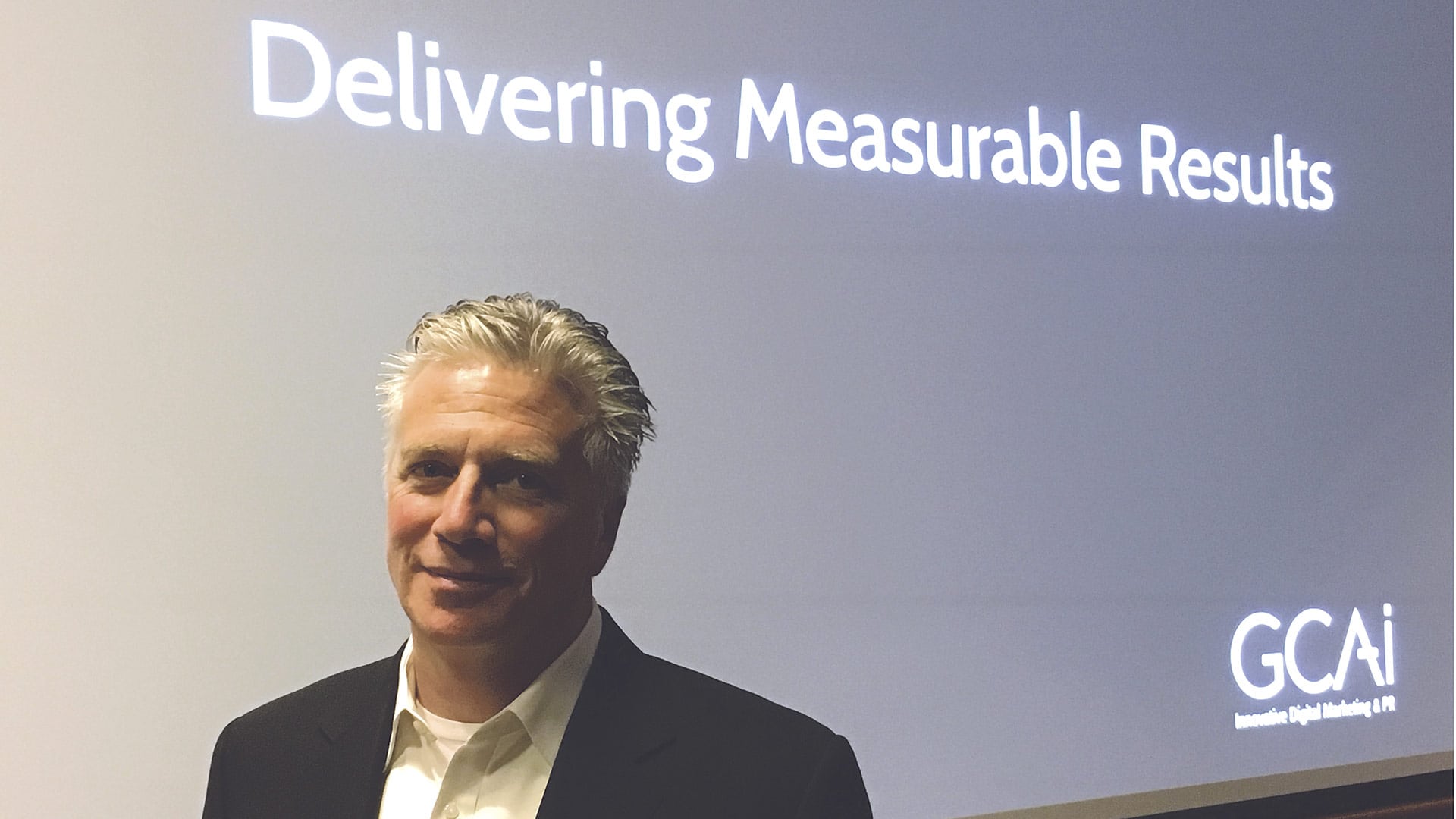 Do you want to know what strikes fear in every marketing manager? It’s when someone from C-level walks in their office and asks, “hey, can you get this into the newspaper? Better yet, call the TV stations and have them come by for an interview.”
Do you want to know what strikes fear in every marketing manager? It’s when someone from C-level walks in their office and asks, “hey, can you get this into the newspaper? Better yet, call the TV stations and have them come by for an interview.”




